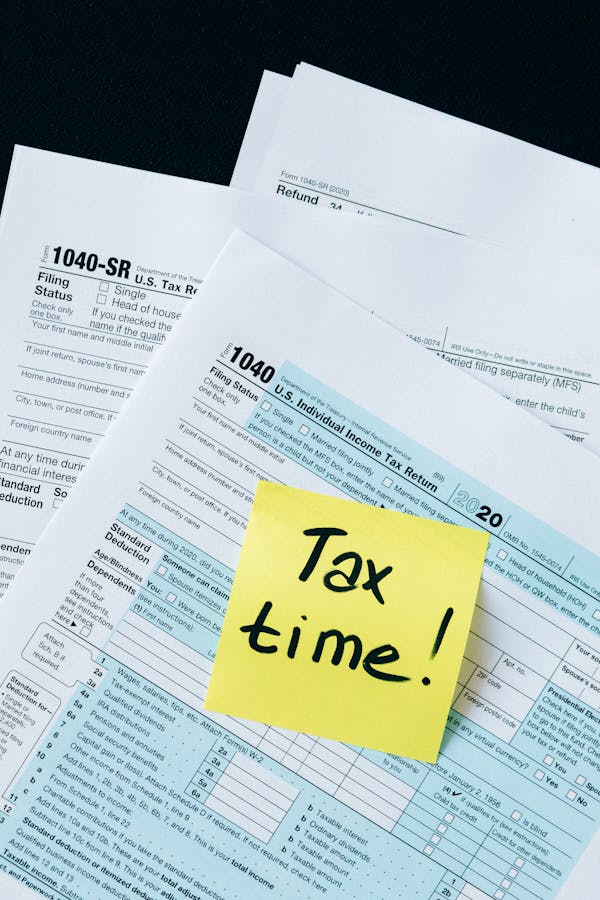US personal income tax: Personal income tax in the structure of tax revenues to the US budget is more than 50%
The essence of US income tax
An income tax is a tax imposed on individuals or entities (taxpayers) in respect of the income or profits earned by them (commonly called taxable income).
Income tax generally is computed as the product of a tax rate times the taxable income. Taxation rates may vary by type or characteristics of the taxpayer and the type of income.
The United States taxes the worldwide income of its citizens and residents. Non-residents are taxed on US income and income effectively connected with a US trade or business. The country has adopted a progressive tax rate from 10% to 37%, depending on the amount of annual income. Personal income tax is levied on employment income (salaries, compensations, bonuses, etc.), passive income from capital ownership (dividends, interest, royalties), rent, capital gains (sale of assets, property, corporate rights, etc.), income of self-employed persons (income of private entrepreneurs, income of members of partnerships).
Most states and a number of municipalities levy income tax on individuals who work or live within their jurisdiction. Most of the 50 states have a personal income tax, with the exception of Alaska, Florida, Nevada, South Dakota, Texas, Washington, and Wyoming, which have no state income tax. New Hampshire and Tennessee only tax dividends and interest income. Few states impose income taxes at rates that exceed 10%. In the structure of state tax revenues, this tax occupies a share of about 40%.
US income tax rate
The maximum rate until 1964 was 91%, then it was reduced to 70%, followed by a new reduction to 50% in 1981 (US federal income tax had a 14-digit rate scale from 11 to 50%).
Since the beginning of 1988, three personal income tax rates have been introduced:
- 15% for income up to 30 thousand dollars a year;
- 28% for income of 30-72 thousand dollars;
- 33% for those with income over $72,000.
US citizens and residents are required to pay taxes on their worldwide income, even if they live outside the United States. Foreign citizens are subject to US income tax only if they become US residents or if they derive certain types of income from sources within the United States.
Mastering Digital Finance:A Comprehensive Guide
Empower Your Financial Future: Grab Your Copy of 'Mastering Digital Finance' eBook and Navigate the Complexities of Modern Financial Landscapes with Confidence!
Get your eBook
Foreign citizens are considered US residents if they have an American green card and have entered the United States.
Exceptions to the procedure for recognizing foreign citizens as residents apply to individuals from certain categories (for example, officials of foreign governments, students, teachers and interns), as well as to individuals who, on objective grounds, are more associated with housing in another country.
As for the object of taxation, for US citizens and residents it is all personal income, regardless of the source of receipt. This concept includes wages, remuneration, business income and investment income. All types of income (with the exception of capital gains) are summed up and taxed at the same rates. Special tax rates apply to capital gains.
Ways to pay income tax in the United States
With regard to the payment of personal income tax in the United States, income tax is paid in two ways:
- for persons receiving a salary, the amount of tax is deducted from the weekly remuneration and transferred by the accounting department of the enterprise (organization) in which they work to the Internal Revenue Service;
- other categories of persons whose income includes not only wages, but also other sources (dividends, interest), as well as persons who receive income from entrepreneurial activities or provide various services (for example, legal), etc., calculate taxable income independently and submit tax returns to the Internal Revenue Service.
Since the United States is a federal state, most states and a number of municipalities also levy taxes on personal income. In most cases, the tax base is either the same or modified from the federal income tax base. State income taxes are deducted from gross income for federal personal income tax purposes. In most cases, state income tax rates are progressive. Some states do not charge income tax.

Freelancer, author, website creator, and SEO expert, Elena is also a tax specialist. She aims at making quality information available to the most, to help them improve both their personal and professional lives.She writes tax related articles on her specialised publication: Tax Taxation.
Mastering Digital Finance:A Comprehensive Guide
Empower Your Financial Future: Grab Your Copy of 'Mastering Digital Finance' eBook and Navigate the Complexities of Modern Financial Landscapes with Confidence!
Get your eBook

